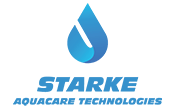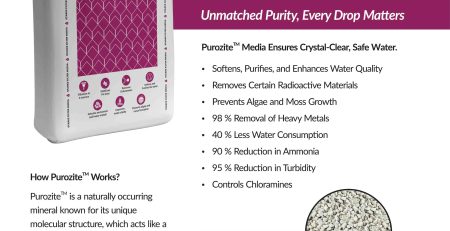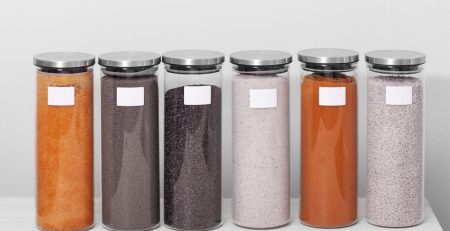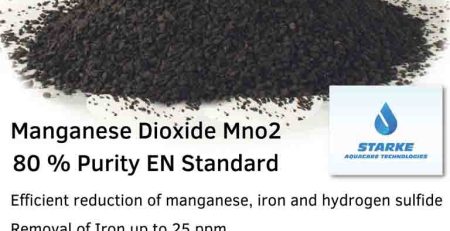Industrial Wastewater Treatment Using Clay-Based Flocculants
What are clay-based flocculants?
Clay-based flocculants are sodium bentonite clays or calcium bentonite clays that are premixed with various polymers and chemical coagulants. Manufacturers of the clay-based flocculants offer several off the shelf blends for treating industrial wastewater.
Clay-based flocculants are used to treat:
- Oily wastewater with emulsified oils: By absorption of the oil onto the clay.
- Removing sulfate and Phosphate: By absorption.
- Removing heavy metal ions: Sodium bentonite has the ability to remove trace metals in wastewater by ion exchange with the sodium ion on the clay particle.
- Color: Color from dyes or paint waste is readily absorbed onto the clay particle.
- Reducing turbidity.
The clay-based flocculants come premixed with polymers and coagulants to aid in settling and separation.
Filtration
The resulting floc material is easily drained on a paper indexing filter or can be dried in a filter press.
Solid Waste Disposal
The clay particles encapsulate the contaminants in a clay matrix where they are held together by Van der Waals and electrostatic forces. The encapsulated contaminants are usually nonreactive to external leaching. Making them acceptable in most non-hazardous industrial landfills.
Jar Testing
Because of the potential presence of chemicals that may interfere with forming the clay flocs, it is strongly recommended that the clay-based reaction always be characterized through laboratory treatability tests before proceeding to plant scale.
Bench testing equipment is readily available from suppliers of scientific equipment.
Pilot Testing
Pilot testing is sometimes recommended if favorable results are obtained from the bench scale testing.
Pilot testing can be described as on site testing at the actual location under actual conditions. This is accomplished by taking a real time side stream of the wastewater and testing the actual process that is being considered before going to full-scale construction. Pilot testing is optional.
Process Equipment
Rapid Mix Tank: Rapid mix tank is a mixed tank where the clay-based product is added in dry granular form. If pH adjustment is required, the pH can be adjusted at this step.
Clarifier: Clarifier is typically an inclined plate clarifier where clear treated water rises to the top and the solids settle on the clarifier plates and slide to the bottom for removal.
Dewatering: The solids that are removed from the clarifier are sent to sludge thickening tank. This is generally a cone bottom tank where the solids collect on the bottom and the water is roved from a point near the top. The bottom sludge is pumped to a dewatering device such as a filter press or de-watering box.
Final Filter: The final filter is to remove any particulate matter that may still be present in the wastewater. Commonly used filters are sand filters, paper indexing filters or multimedia filters.
Discharge Tank: Filtered water can be held in an optional treated wastewater tank for testing before discharging to the sewer.
Conclusions
Clay-based flocculants can give the following results for treating Industrial wastewaters:
- The clay-based flocculants have been proven to be successful in removing free and emulsified oils.
- Clay-based flocculants are known to improve turbidity and remove color from painting and dye found in some industrial wastewater.
- The flocculation process becomes more efficient and the cost is often reduced.
- Better filtration.
- Improve water clarity and produce an effluent water that can be recycled or safely discharged to the water streams under a discharge permit.
- Jar testing should be conducted to determine the right clay blend and to determine dosage rates.









